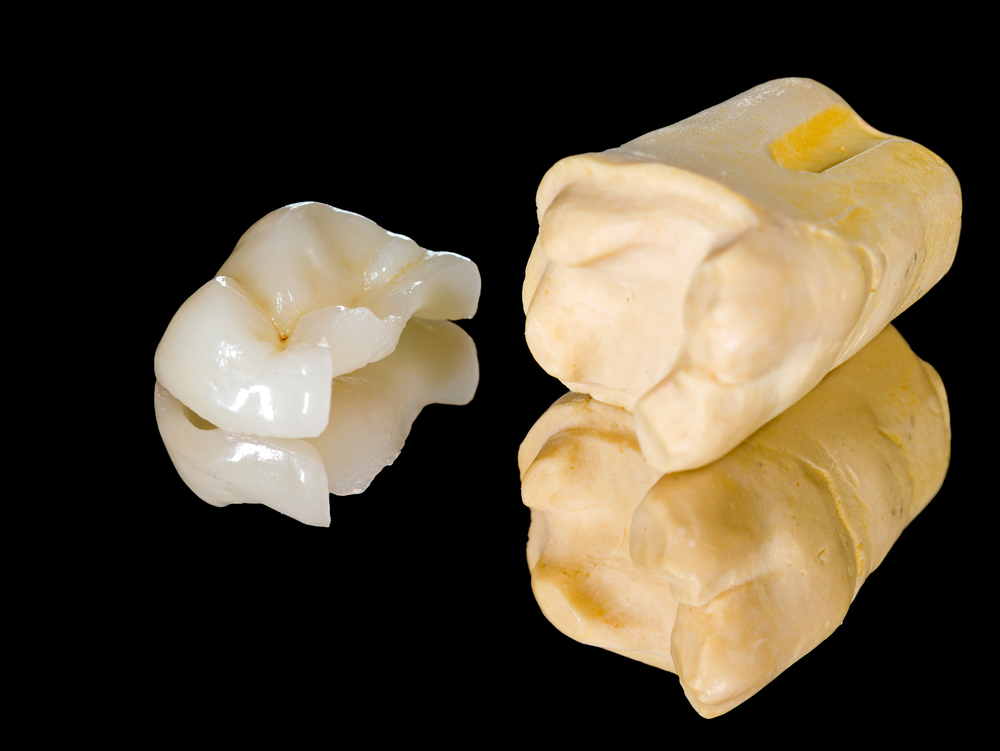Did you know that there are alternatives to dental fillings? Inlays and onlays are alternative options to fillings which are stronger and last longer.
How are they different from fillings and crowns?
Fillings are used to replace parts of the tooth that have been damaged by decay (cavities), chipped, or otherwise damaged. The dentist cleans out the decay in the tooth or removes the damaged part of the tooth. The dentist then “fills” in the tooth with material to restore the appearance and function of the tooth; the material is generally a composite resin, a tooth-colored plastic and glass mixture.
A crown can be made from a variety of materials and it covers the entire visible part of a damaged tooth.
Inlays and onlays are made of either metal, porcelain, or composite plastic resin. Instead of filling in the tooth with a material, inlays and onlays are formed in labs to sit into or sit over the missing part of the tooth. Unlike crowns, inlays and onlays only cover the damaged parts of teeth. Inlays and onlays provide more support than fillings and are generally less expensive than crowns.
What’s the difference between inlays and onlays?
Inlays and onlays provide the same function, just on different parts of the tooth.
Inlays function the same way as fillings – they fill in decaying or damaged parts of a tooth that are within the cusps (the rounded edges of the tooth). Inlays, however, are used when there is extensive tooth decay or damage that fillings cannot effectively solve.
Onlays cover the damaged part of the tooth, along with one or more of the cusps of the tooth. When the damage in the tooth is too extensive to be safely protected with a large filling or inlay but not damaged enough to warrant a crown, an onlay is a great alternative. Onlays simply cover more of the tooth, providing more support to the chewing surface of the tooth.
What’s the usual procedure?
Installing an inlay or onlay takes two dental appointments. In the first appointment, the dentist will make a mold of the damaged tooth to send to the lab. Once the lab has formed the inlay or onlay to fit within or over the tooth, the dentist will cement the filling into place in the second appointment.
What are the benefits?
Inlays and onlays offer more durability than a normal filling, sitting inside or on top of the actual damaged tooth. Because of their durability, they can last up to 30 years with good oral care. Remember to brush twice a day, floss once a day, and visit the dentist at least two times a year for cleanings and checkups.
To find out whether inlays or onlays would be a good option for you, or to set up an appointment, contact Greenspoint Dental in Houston, Texas today. We are committed to providing you and your family with the best dental care, from regular cleanings to restorative dentistry.

